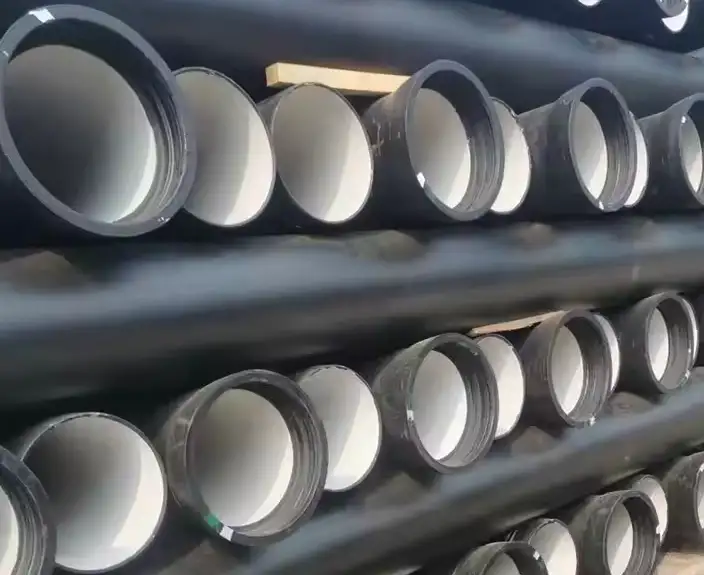In plumbing and HVAC systems, copper tubing is classified by wall thickness into Types K, L, M, and DWV, with Types K and L being the most prevalent for water distribution. Type K—recognized by its green marking—features the thickest walls and highest pressure tolerance, making it ideal for underground main lines and heavy‑duty applications. In contrast, Type L—marked in blue—offers moderate wall thickness that balances strength and cost, perfect for interior branch lines and commercial projects. Despite these differences, both types share the same outer diameter, ensuring full compatibility across fittings and fixtures.

What Are Type K and Type L Copper Pipes?
Under ASTM B88, copper tubing is categorized by wall thickness across several types; Type K has the thickest walls, followed by Type L, Type M, and DWV for non‑pressure applications. The letter designation corresponds solely to wall thickness—not material composition or diameter—and does not affect the outer diameter, which remains constant for each nominal size across types. In U.S. practice, Type K pipe is typically stamped or printed green, whereas Type L uses blue markings for easy field identification. Both drawn (hard) and annealed (soft) coils or straight lengths are available under ASTM B88 tolerances for diameter and wall thickness.
Key Differences
-
Wall Thickness: For a ½″ nominal tube, Type K measures 0.049″ thick vs. 0.040″ for Type L, a 22.5 % reduction in material for Type L. At ¾″, Type K is 0.065″ thick vs. 0.045″ for Type L.
-
Weight: A ½″ Type K tube weighs about 0.314 lb/ft, compared to 0.285 lb/ft for Type L, impacting handling and support requirements.
-
Pressure Rating: Type K typically withstands pressures over 400 psi at 150 °F, while Type L is rated around 345 psi under similar conditions.
-
Cost: Type K commands a premium—often 10–20 % higher per foot—due to extra copper, whereas Type L balances performance and economy for most indoor uses.
-
Marking & Color: Green printing for Type K vs. blue for Type L ensures quick identification on‑site.
Performance Comparison Table
| Feature | Type K | Type L |
|---|---|---|
| Wall Thickness (½″) | 0.049 in | 0.040 in |
| Wall Thickness (¾″) | 0.065 in | 0.045 in |
| Weight (½″) | 0.314 lb/ft | 0.285 lb/ft |
| Pressure Rating (150 °F) | ~420 psi | ~345 psi |
| Marking Color | Green | Blue |
| Typical Applications | Underground mains, service drops | Interior water lines, fire protection |
| Common Stock Forms | Hard drawn coils, annealed straight lengths | Hard drawn coils, annealed straight lengths |
Applications
-
Type K: Preferred for service drops to buildings, buried mains under streets or sidewalks, and any application demanding maximum burst and working‑pressure margins.
-
Type L: Dominates residential branch lines, commercial plumbing risers, fire‑sprinkler feed mains, and some HVAC applications thanks to its balance of ductility, strength, and cost.
Advantages & Considerations
-
Durability: Thicker walls in Type K resist vibration, mechanical damage, and corrosion pitting better over time.
-
Flexibility: Type L offers easier bending and fitting in tight spaces without specialized tooling.
-
Cost Efficiency: Unless extreme pressure or burial is required, Type L often yields the best lifecycle value.
-
Code Compliance: Always verify local plumbing codes, as some jurisdictions mandate Type K for underground exposure.
FAQ
Q1: Can I substitute Type L for Type K in underground service?
A: Generally no—local codes often require the extra wall thickness of Type K for burial; consult your authority having jurisdiction.
Q2: Are outer diameters different between K and L?
A: No—the outside diameter is uniform across all types for any given nominal size, ensuring fitting compatibility.
Q3: Which type is easier to solder or sweat?
A: Both types use identical soldering techniques; however, the thicker wall of Type K may require longer heating times.
Q4: When would Type M be a better choice?
A: Type M, with even thinner walls, suits low‑pressure residential heating loops and is the most cost‑effective where code permits.
By understanding these distinctions, you can select the proper copper pipe type—K or L—to match your project’s pressure requirements, installation environment, and budget.

